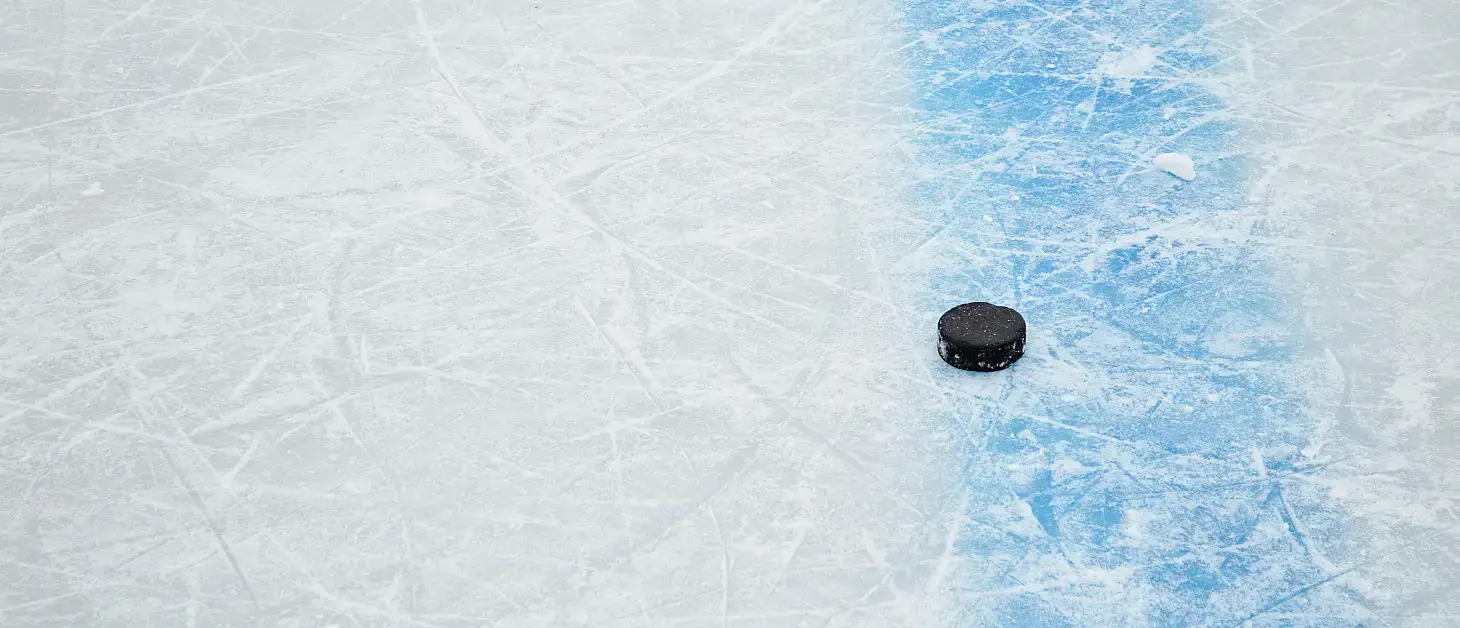Ice Hockey Offside Simply Explained
If the puck leaves the attacking zone and enters the neutral zone, all attacking players must clear the zone before re-entering.
📌 Passive Offside:
- If attacking players remain in the offensive zone without touching the puck, it is considered passive offside.
- Players are given time to leave the zone before play resumes.
Understanding the Blue Line in Different Situations
📌 The blue line belongs to the zone where the puck is currently located.
- If the puck is in the neutral zone, the blue line counts as part of the neutral zone.
- If the puck is in the offensive zone, the blue line counts as part of the offensive zone.
- A player can control the puck on the blue line without causing an offside violation.
Intentional Offside – A Special Case
📌 Intentional offside occurs when:
- A team deliberately shoots or dumps the puck deep into the offensive zone while a teammate is already in an offside position.
- The offside player fails to leave the zone and pressures an opponent or plays the puck.
⛔ Penalty for intentional offside:
- The next face-off takes place in the defending team's zone.
- The offending team cannot make substitutions during the stoppage.
Conclusion
✔ Ice hockey offside is easy to understand once you focus on the blue line and the puck's position.
✔ Players must enter the offensive zone only after the puck has fully crossed the blue line.
✔ The blue line shifts between the neutral and attacking zone based on the puck’s location.
✔ Intentional offside leads to a disadvantageous face-off and no line change for the offending team.
Understanding these rules helps players and fans follow the fast-paced nature of hockey more effectively! 🏒🔥

